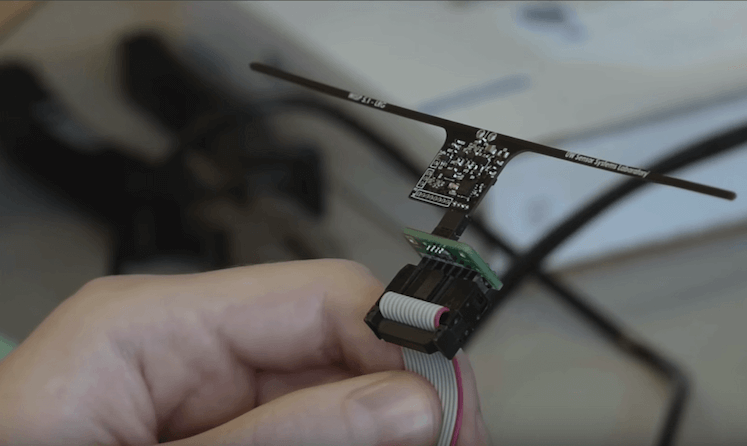The Internet of Things (IoT) is a grand vision of every single product, from your freshly mowed lawn to your curtains to your office chair all speaking to one another, but getting from now to that future requires a change in how products are powered.
At least, that is what the University of Washington’s Sensor Lab believes, revealing a new battery-free computer that can be programmed, updated, and powered using radio frequency identification (RFID).
See Also: Underwriters Labs wants to certify IoT security
RFID tags are usually found on clothes, electronics, and bus stations. In the past, they’ve been unable to power anything internally, but the university has reportedly made it possible to harvest radio signals and turn them into electricity.
The electricity generated is minimal, not enough to power a smartphone, but enough to send a low-power signal to connected devices. The lack of battery means the device could last for generations without a hardware fix according to the Aaron Parks, a researcher at Sensor Lab.
“Wireless reprogramming brings [these devices] into the same computing spectrum as conventional computers by permitting them to run apps in much the same way as a smartphone or wearable,” says Parks. “Now computable RFIDs can be part of the ecosystem of modern computing.”
Battery loss an IoT gain?
While the achievement is huge in terms of how IoT devices may be powered in the future, it has yet to be tested on a functional IoT system. The university plans to make further tests in the near future, to ensure that the new communications protocol (named WISP) is functional in the real world.
Batteries have always been an issue for IoT, since nobody wants to manually take down a sensor from the top of the Golden Gate bridge or hunt for a sensor in the middle of a large crop patch. Having a sensor power itself and not need hardware maintenance might be the key that unlocks IoT for everyone — but don’t expect it to be available overnight.





















